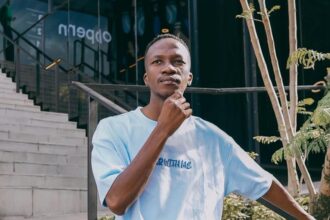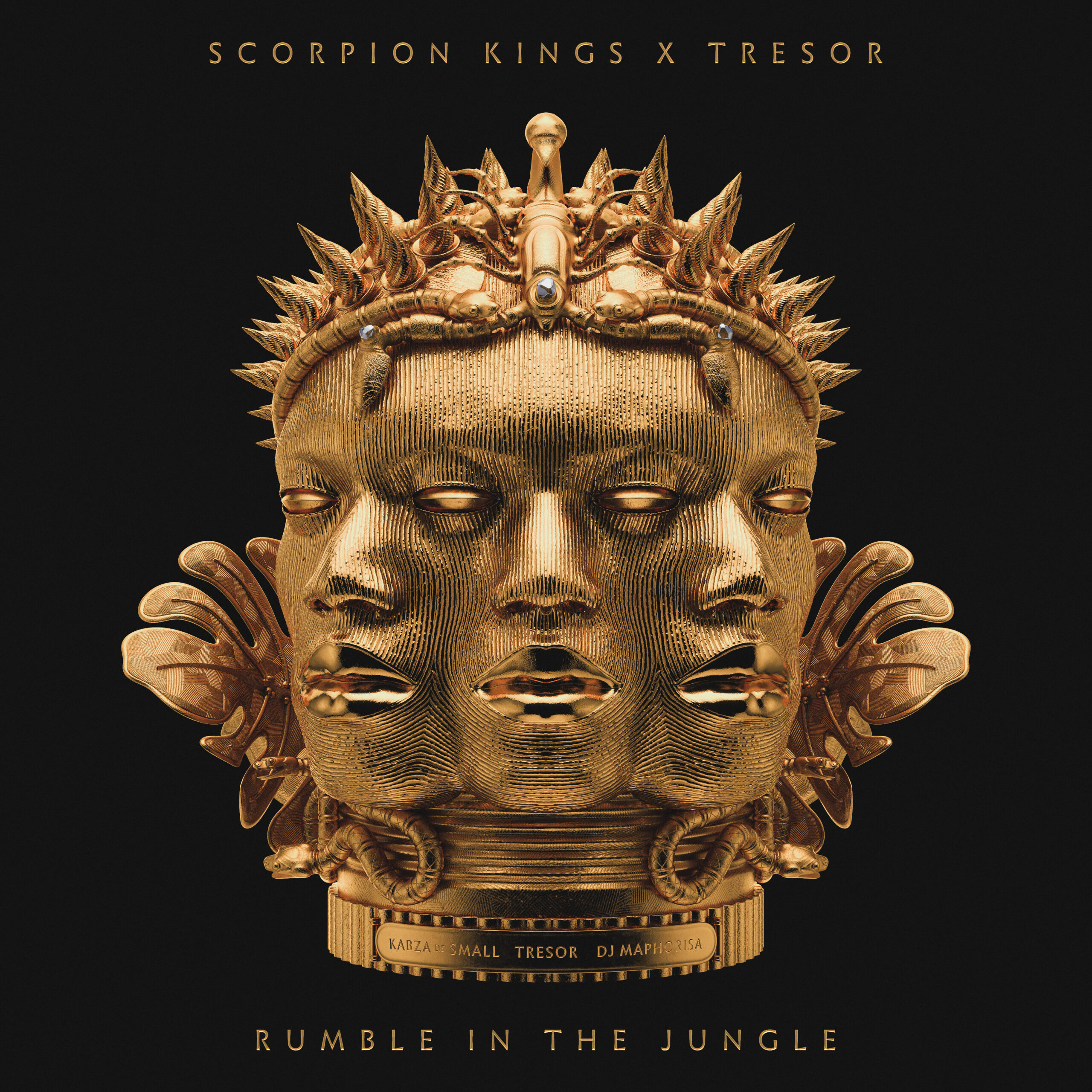On this week’s Inside Africa, CNN International meets a group of South African artists who are at the forefront of the rise and spread of the Amapiano genre throughout the world.
CNN meets South African producer and record label owner Oskido, one of the pioneers of Kwaito, a style of music that merges house beats with hip hop and which largely influenced the Amapiano genre. “The sound of Kwaito came in, it was after all of this political movement, you know. The release of Nelson Mandela, the debt of apartheid,” Oskido says.
Kwaito music was a sound that told the story of what was happening in the townships, one that evolved over the years into Amapiano music. Oskido tells CNN: “Fast forward now after 26 years, you know, these young kids come. They go back to where we started in 1994, ’cause the music was now up tempo, you know? They started slowing down the music.”
Believed to have begun in 2012, the Amapiano genre took off during the Covid-19 pandemic. CNN meets AshMopedi, host of the YouTube channel Groove Cartel who played a part in Amapiano’s explosive rise. “It evolved from being strictly instrumental, but, I guess, with the addition of vocals, that added to its appeal, its relevance and resonance to the people. Because you’re speaking about struggles that aren’t uncommon to all of us… It’s about the struggles of the hood, where all of us come from,” AshMopedi explains.
For AshMopedi, “Amapiano is a genre that represents that. It represents the beat of Africa. You know, why is it the beat of Africa? Everybody gets it. You don’t have to work hard to get Amapiano.”
Next, CNN meets Vigro Deep, who, at just twenty years old, has become one of the most recognizable figures in the Amapiano genre. As he produces hits that command the dancefloors, Vigro aims to bring the Amapiano sound beyond the African continent. “The way Amapiano is moving now, according to how I push myself, my dream is to get to Spain,” he says.
The programme also meets DJs like Tumelo, Manyoni and Mister JazzIQ, who are trying to make it easier for Amapiano artists to succeed. Manyoni owns ‘Junk Park’, a venue giving Amapiano artists the space to showcase their talents while also networking. “It’s always important to give the next person an opportunity to be whatever they want to be. So, you give them room and space to express how they would like to portray themselves, and at the end of it, you get the results that come out,” says JazzIQ.
Once a male dominated genre, over the last few years Amapiano has seen more and more women step onto the scene. Bontle Modiselle has been a dancer for sixteen years, and uses her large following on TikTok and Instagram to showcase Amapiano dances that pay homage to the past.
“And the visual representation of Amapiano is such that, it breeds from a ground of familiarity. And, by that I mean, there’s so many, its ancestry or the sound of Amapiano really lies in Kwaito so you’ll see a lot of Kwaito-esque movements that are reimagined in the look of Amapiano today. So, there are a lot of moves that you would have seen a lot back then, that live and exist now,” she says.
Kamo Mphela is another female Amapiano artist and influencer who merges African culture with Western fashion, influencing millions of followers.
CNN meets DBN Gogo, a highly successful DJ, dancer and performer, and a trailblazer for women in the Amapiano genre. She is one of the first women to release an EP centered around the Amapiano scene, and is helping other women become successful through collaboration.
DBN talks about the importance of maintaining the ties to the South African roots of Amapiano: “I think it’s really important that we don’t change the narrative, twist the narrative of the fact that this is a South African sound. That this is natured, it is built, it is grown here. Because, in the past, history has always told us that, you know, things get stolen… And it’s like, the narrative has to stay the same because it will be to the disadvantage to all the kids, all the pioneers, all the people that live off of it here, if we now say, ‘No, it’s a global sound.’”
In addition to creating a movement and changing the music industry in South Africa, artists see an opportunity for Amapiano to influence generations to come. “I see a further globalization of it, both musically and in the dance sense, you know. So, I see Scottish folk fusing Amapiano dance moves in their culture. I see martial arts, somehow, fused in Amapiano dance culture. I mean, it can exist in any place and in any space,” says Modiselle.
“I think for me, it’s going to be one of the biggest African huge movements. That’s how I want to see. Where we as Africans, the younger generation, we’ve got our own thing, and say, ‘Wow, we are proud of this. It’s not an American thing, it’s not whatever, but it’s brewed right here in Africa,’” Oskido tells CNN.
‘Inside Africa’ airs on Saturday 15th January at 0630 SAST, 1230 SAST, 2330 SAST on CNN International
The show also airs at the following times:
Sunday 16th January at 0400 SAST, 1830 SAST
Monday 17th January at 0530 SAST
Thursday 20th January 1845 SAST
Friday 21st January 1845 SAST










